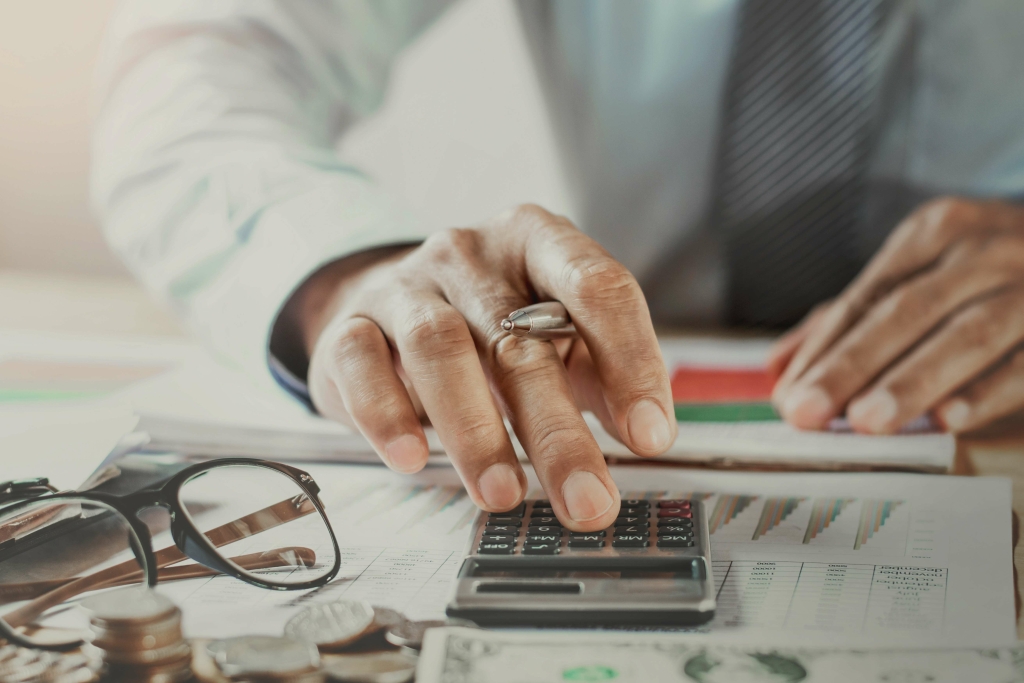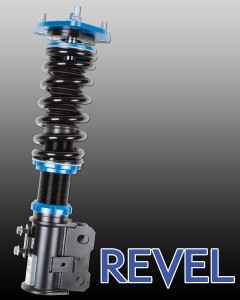
Depreciation schedules provide a detailed record of how assets depreciate over time, ensuring accurate financial reporting and compliance with accounting standards. The straight-line method is a way to calculate depreciation by evenly spreading the asset’s cost over its useful life. It ensures that the depreciation expense remains constant each year. For example, if an asset has a cost of $10,000 and a useful life of 5 years, the straight-line rate would be $2,000 per year.
How to Calculate Salvage Value?
Investors can use after-tax salvage value calculations to assess the profitability of investments and the potential return on asset sales. Salvage value and depreciation are both accounting concepts that are related to the value of an asset over its useful after tax salvage value life. Depreciation is generally reserved for assets that are expensive and regularly used. If an asset didn’t cost much, it makes little sense to depreciate it. The following tables are for use in figuring depreciation deductions under the ACRS system.
- With a large number of manufacturing businesses relying on their machinery for sustained productivity, it is imperative to keep assessing the equipment they own.
- The demand and supply of salvaged assets can fluctuate, affecting their value.
- As promised, here are the MACRS depreciation tables referenced in the MACRS Depreciation Table Guide provided above.
- Instead, you can divide the expenses based on the total business use of the listed property.
- If you selected a 35- or 45-year period, use either Table 11, 12, or 15.
Estimate The Useful Life
Because she does not meet the predominant use test, she cannot elect a section 179 deduction for this property. Her combined rate of business/investment use for determining her depreciation deduction is 90%. You make the adjustment for depreciation for an abnormal retirement from a multiple property account at the rate that would be proper if the item of property was depreciated in a single property account.
Depreciable Basis FAQs

As such, an asset’s estimated salvage value is an important component in the calculation of a depreciation schedule. Next, the annual depreciation can be calculated by subtracting the residual value from the PP&E purchase price and dividing that amount by the useful life assumption. As noted in the guide itself, use Chart 2 (at the bottom of the table) to find the depreciation table for residential rental and nonresidential real property.
Briefly, suppose we’re currently attempting to determine the salvage value of a car, which was purchased four years ago for $100,000. Under straight-line depreciation, the asset’s value is reduced in equal increments per year until reaching a residual value of zero by the end of its useful life. The carrying value of the asset is then reduced by depreciation each year during the useful life assumption. His work has appeared in major publications like Kiplinger, MarketWatch, MSN, TurboTax, Nasdaq, Yahoo! Finance, The Globe and Mail, and CNBC’s Acorns. He is a licensed CPA who worked at Google as a Senior Financial Analyst overseeing advertising incentive programs for the company’s largest advertising partners and agencies.
MACRS Depreciation Tables

For example, salvage value has a larger impact on NPV and irr when it is higher, occurs sooner, uses a straight-line depreciation method, has a lower tax rate, and has a lower discount rate. In this blog, we have discussed the concept of salvage value, how to estimate it, and how to incorporate it in capital expenditure analysis. Salvage value is the estimated amount that an asset can be sold for at the end of its useful life. It is an important factor to consider when evaluating the profitability and feasibility of a project or investment.

- By understanding these methods and their implications, businesses can make informed decisions regarding capital expenditure analysis.
- An estimated salvage value can be determined for any asset that a company will be depreciating on its books over time.
- It is is an essential component of financial accounting, allowing businesses to allocate the cost of an asset over its useful life.
- Let’s delve into this topic from various perspectives, exploring its significance, calculation methods, and practical implications.
- Tax code requires the company to depreciate the plant over 5 years with $10 million salvage value.





